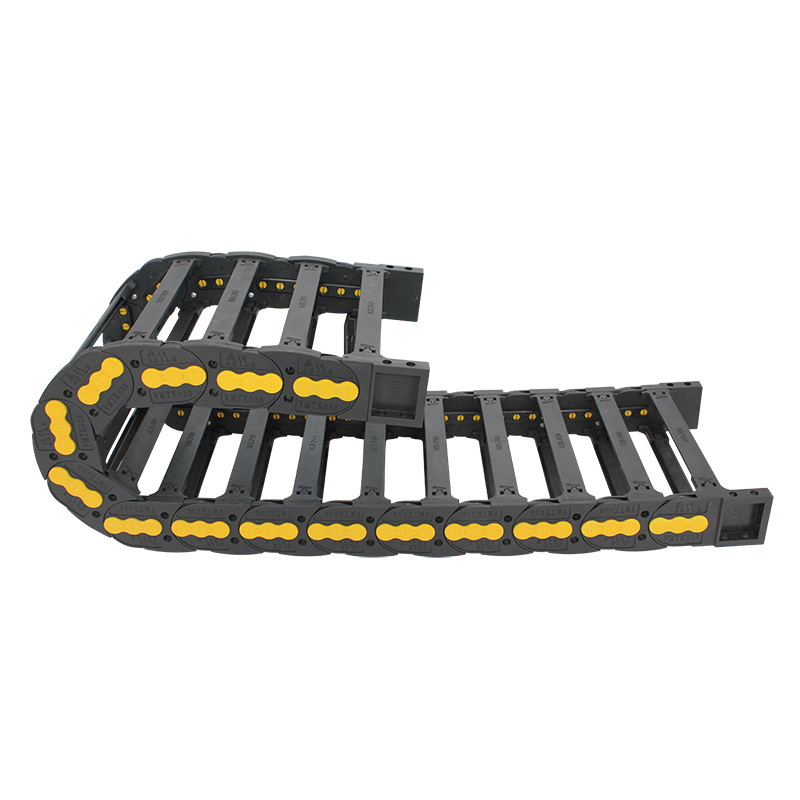Types of Chip Conveyors for Effective Material Handling Solutions
Types of Chip Conveyors An Overview
In the manufacturing and machining industries, efficient removal of chips, shavings, and scrap materials is essential for maintaining productivity and ensuring machine longevity. Chip conveyors play a crucial role in this process, helping to transport waste material away from machining operations. Understanding the various types of chip conveyors is vital for selecting the right solution for specific operational needs.
1. Magnetic Chip Conveyors
Magnetic chip conveyors are particularly effective for moving ferrous materials. They utilize powerful magnets to attract and lift metal chips and shavings off the machining surface and onto the conveyor belt. The advantage of this type of conveyor lies in its ability to handle wet or dry chips, while also minimizing the risk of clogging. Magnetic chip conveyors are commonly used in applications where iron or steel materials are involved.
2. Auger Chip Conveyors
Auger chip conveyors use a screw-like mechanism to transport chips away from the machining area. The auger rotates, pushing chips along a designated path. This type of conveyor is highly effective for bulk materials and can handle long, stringy chips that are typical in metalworking processes. Auger conveyors are known for their ability to fit into tight spaces and can be easily integrated into existing systems.
3
. Drag Chain ConveyorsDrag chain conveyors are designed for heavy-duty applications. They consist of a chain that moves through a track or trough, dragging the chip material along with it. This type of conveyor is suitable for handling large volumes of metal chips and can deal with a mix of different size particles. Drag chain conveyors are particularly useful in environments where there is a need to manage large-scale production and heavy scrap loads.
chip conveyor types

4. Flexible Screw Conveyors
As the name suggests, flexible screw conveyors are adaptable systems that can be customized for various layouts in a manufacturing facility. They use a rotating screw within a flexible tube to transport chips from one location to another. The design allows for various angles and configurations, making them ideal for installations where space is at a premium. These conveyors can handle a variety of materials, including metal chips, plastic, and other types of waste.
5. Belt Conveyors
Belt conveyors are among the most common types of chip conveyors used in industrial applications. They consist of a continuous loop of material (usually rubber or plastic) that moves chips from one point to another. Belt conveyors are versatile and can handle a wide range of materials, including light and heavy chips, and are suitable for both horizontal and inclined applications. However, they may require regular maintenance to ensure the belt remains aligned and in good condition.
6. Vacuum Conveyors
For operations that require a clean and dust-free environment, vacuum conveyors can be an excellent choice. These systems use suction to draw chips and debris into a container, preventing any mess on the shop floor. They are particularly useful for small or fine particles and can be incorporated into automated systems for efficient waste management.
Conclusion
Ultimately, the choice of chip conveyor type depends on several factors, including the type of materials being handled, the volume of waste, the available space, and the specific requirements of the machining processes. By understanding the various types of chip conveyors, manufacturers can select the most effective systems for their needs, enhancing productivity and ensuring a cleaner, more efficient working environment. Investing in the right type of chip conveyor can lead to significant operational improvements and cost savings in the long run.








